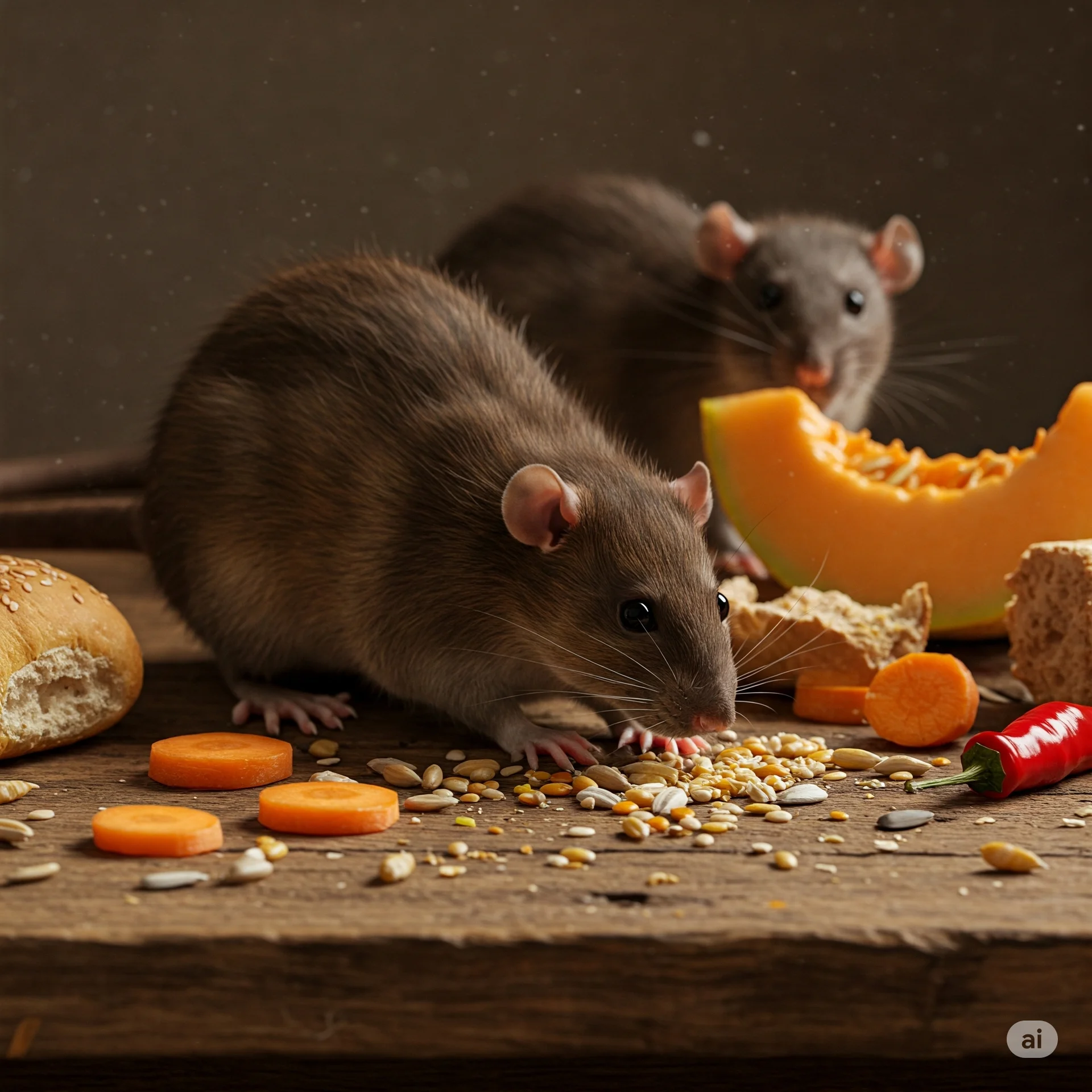
Professional Rodent Control
Expert mice and rat elimination services to protect your home, family, and property from damage and health risks.
Get a Free Quote Now
📝 Get a Free Quote Now

Expert mice and rat elimination services to protect your home, family, and property from damage and health risks.
📝 Get a Free Quote Now
Complete Rodent Control Solutions
Effective elimination and prevention strategies for mice and rat infestations
Inspection
Trapping
Baiting
Safe
Sealing
Repair
Strategies
Protection
Complete Rodent Control Solutions
Our integrated approach to rodent control combines advanced detection methods, humane removal techniques, and preventative measures to keep your home rodent-free.
Why Choose Our Rodent Experts

Expert Rodent Management
Our certified technicians specialize in identifying, removing, and preventing both rat and mouse infestations using the latest industry techniques.
Comprehensive Approach
We don't just remove rodents—we identify entry points, seal access routes, clean and sanitize affected areas, and implement preventative measures for long-term protection.
Family and Pet Safe
Our rodent control methods prioritize the safety of your family and pets, using tamper-resistant bait stations, strategic placement of traps, and low-toxicity products when necessary.
Customized Solutions
We tailor our approach based on the specific rodent species (rats or mice), infestation severity, property characteristics, and your preferences for a solution that effectively addresses your unique situation.
The Dangers of Rodent Infestations
Rodents pose significant risks to your home and family beyond being a nuisance. Mice and rats can spread over 35 diseases through direct contact, droppings, urine, and saliva, including Hantavirus, Salmonellosis, and Leptospirosis. They cause extensive property damage by gnawing on structural elements, insulation, and electrical wiring—creating fire hazards that account for up to 25% of unexplained fires. A single female mouse can produce up to 60 offspring annually, while rats can have up to 70, allowing populations to explode rapidly. Professional rodent pest control in Melbourne is essential to address infestations effectively. Expert rodent pest control Melbourne services ensure your property is protected, while professional rodent treatment Melbourne prevents future problems and keeps your home safe year-round.
- Disease transmission
- Structural damage
- Electrical fire hazards
- Food contamination
Protect Your Home from Rodents
Don't let mice and rats damage your property and endanger your family's health. Our professional rodent control services provide fast, effective, and long-lasting protection.
Professional Rodent Pest Control Melbourne
Rodents are more than just unwanted pests—they are a serious threat to your home, health, and safety. Mice and rats can spread over 35 diseases, including Hantavirus, Salmonellosis, and Leptospirosis, through droppings, urine, and saliva. They gnaw on electrical wiring, insulation, and wood, creating fire hazards and causing structural damage that can be expensive to repair. A single female mouse can produce up to 60 offspring annually, and rats can have up to 70, making infestations spread rapidly if left untreated.
At T47 Pest Control Melbourne, we specialise in rodent pest control, providing effective and safe treatments to eliminate rodents quickly and prevent them from returning. Our expert technicians deliver professional rodent pest control Melbourne services tailored for both homes and businesses.
Why You Need Professional Rodent Pest Control
DIY traps and baits might seem convenient, but they rarely address the root cause of a rodent infestation. Rodents are clever, adaptable, and can find their way back into your home through tiny gaps or hidden entry points. Professional rodent treatment Melbourne ensures complete removal while preventing re-infestation through expert exclusion, monitoring, and sanitation.
At T47 Pest Control, we use advanced, eco-friendly methods that are safe for your family and pets. Our licensed pest specialists understand rodent behaviour, enabling them to target infestations efficiently and discreetly.
Our Rodent Pest Control Melbourne Process
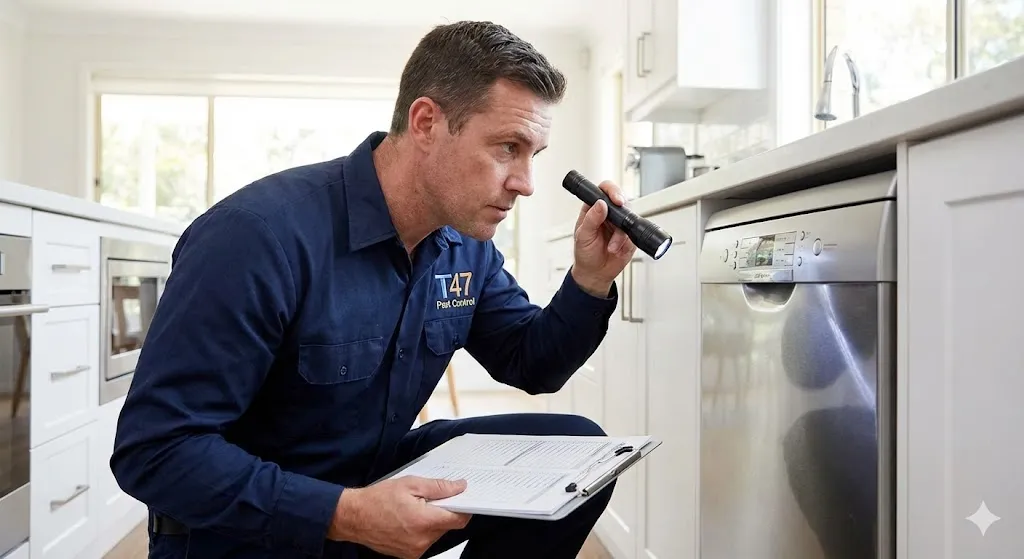
Comprehensive Inspection
Every service starts with a detailed inspection of your property. We identify the type of rodents (rats or mice), locate entry points, nesting areas, and potential food sources. Understanding their movement patterns allows us to design a targeted treatment plan.
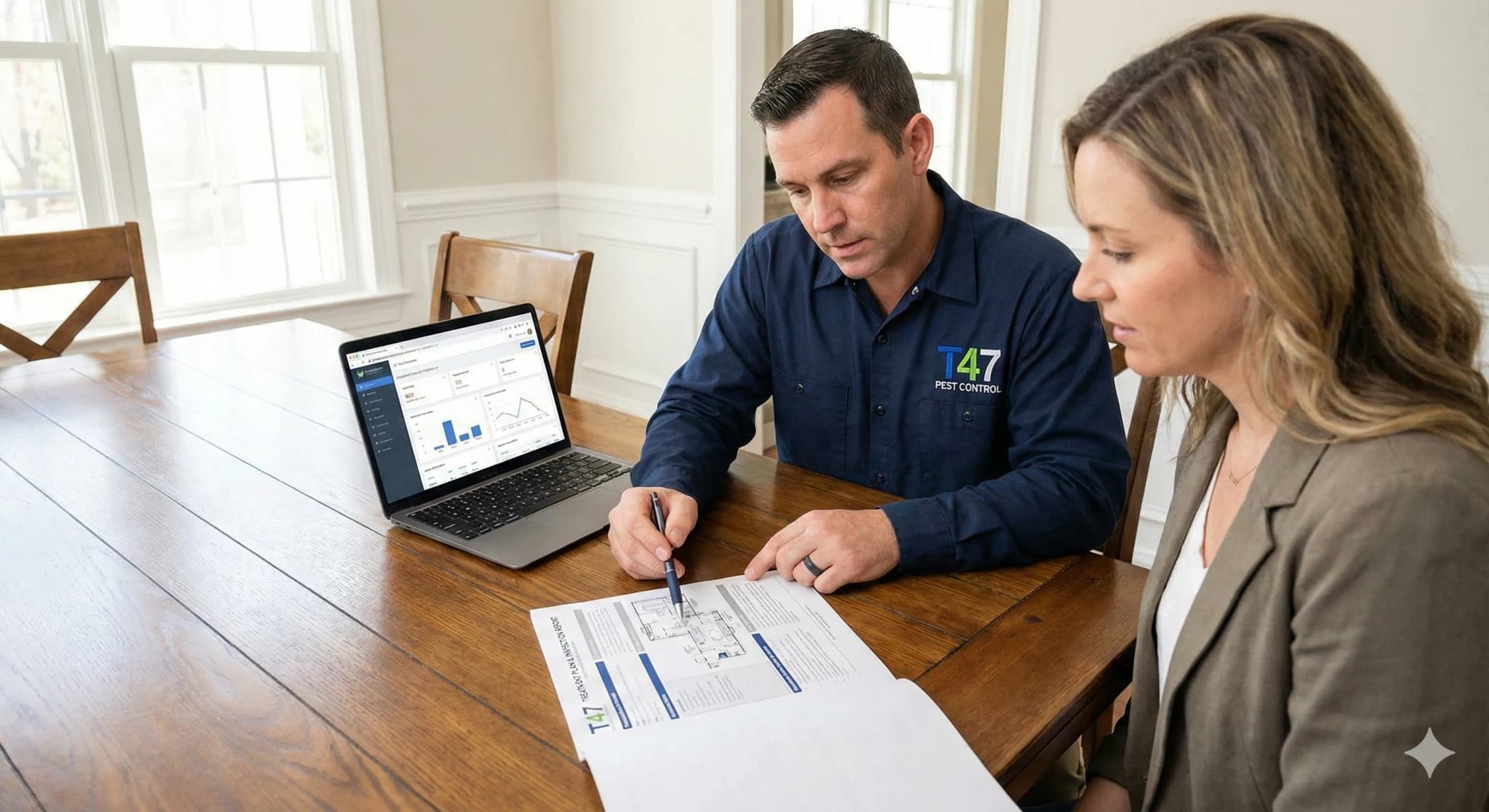
Safe Removal & Rodent Treatment
Our rodent treatment Melbourne methods combine traps, baits, and non-toxic control options based on the infestation's severity. We use tamper-resistant bait stations and safe trapping techniques to ensure complete elimination without endangering children or pets.
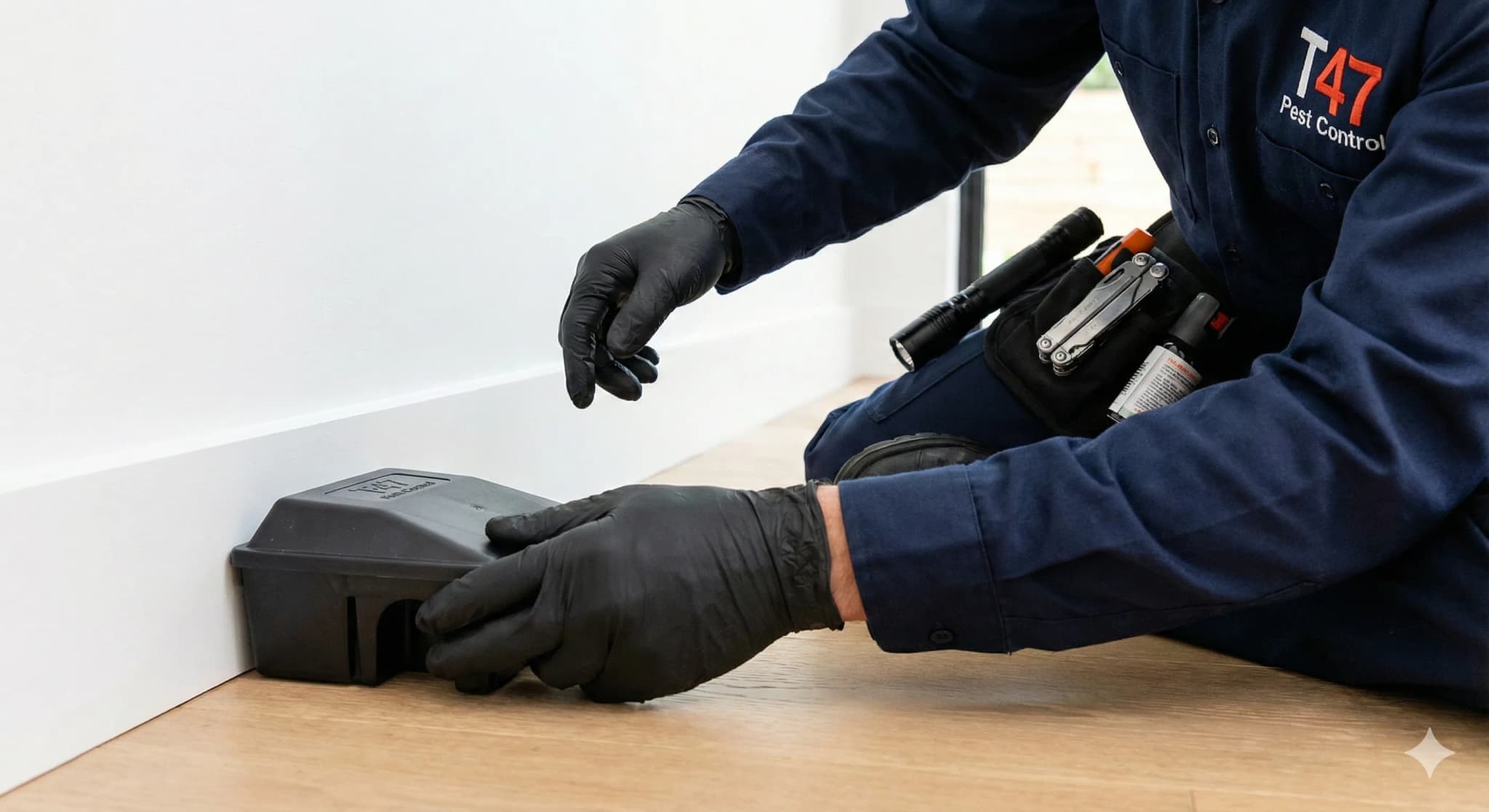
Sealing Entry Points
After removal, our technicians seal cracks, holes, and access points that rodents use to enter your property. This critical step prevents future infestations and offers lasting protection.
💡 Did you know? Many rodent infestations also attract ants and other pests looking for the same food sources. Learn more about our pest control ants Melbourne service.
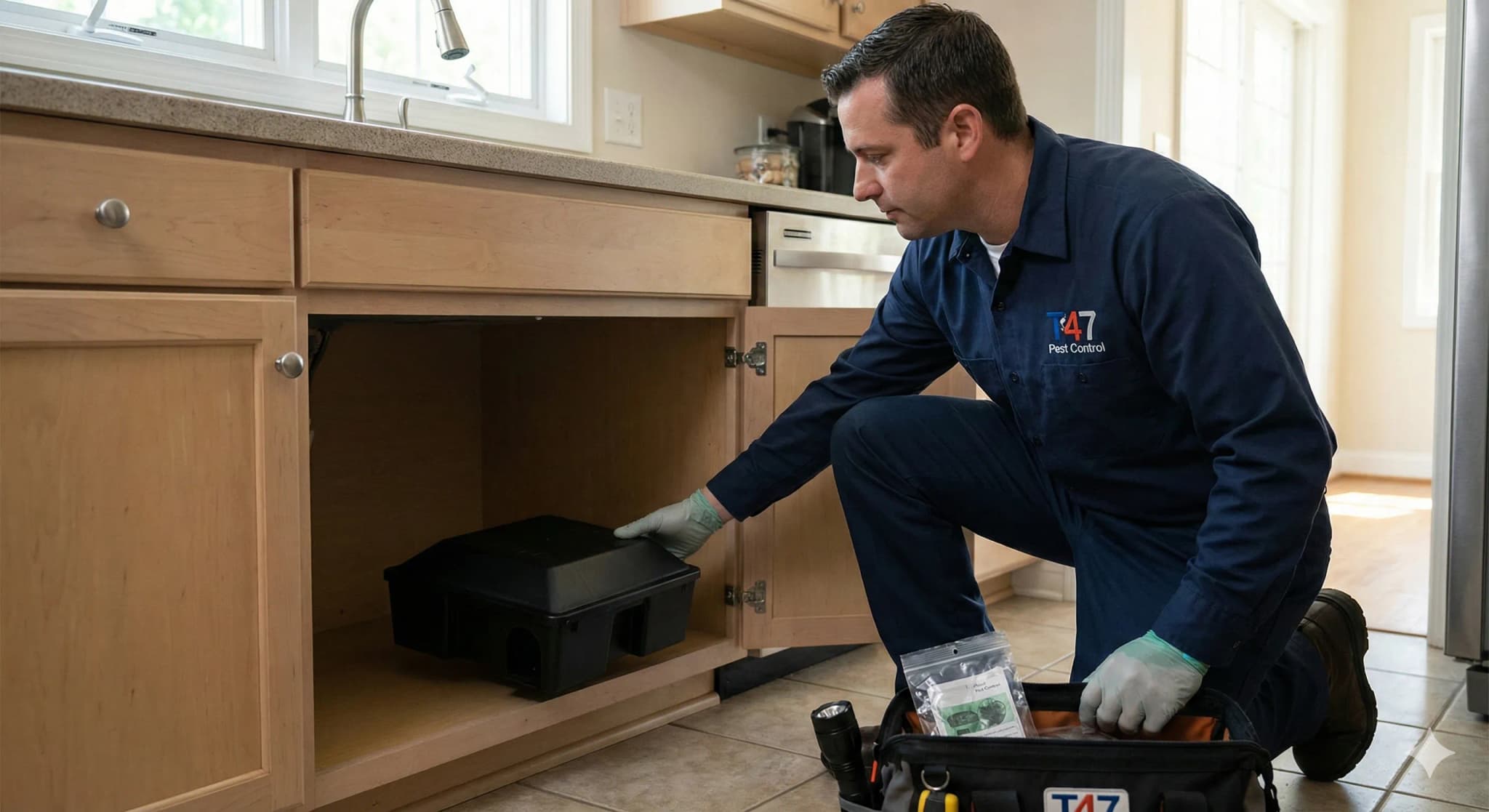
Sanitisation & Prevention
Rodents leave behind droppings, urine, and nesting materials that can contaminate your space. We sanitise affected areas and advise you on preventive actions such as storing food in sealed containers, clearing clutter, and maintaining hygiene to avoid attracting pests again.
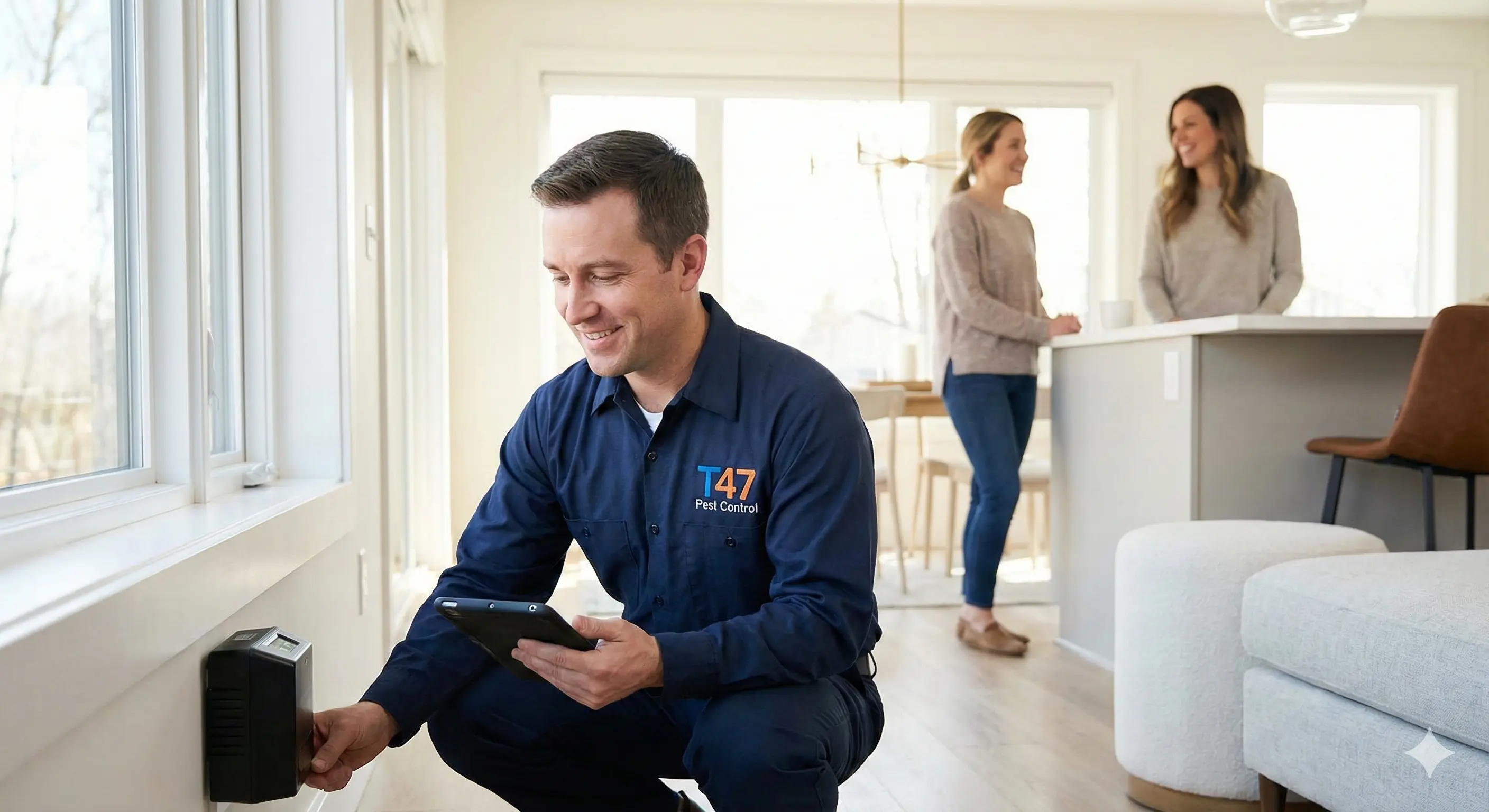
Monitoring & Follow-Up
To ensure long-term success, we provide ongoing monitoring and follow-up visits. Our team uses tracking methods and non-toxic monitoring blocks to verify that your home remains completely rodent-free.
Long-term protection guaranteed with regular check-ups
Safe, Family-Friendly Solutions
Your family's safety is our priority. Our rodent pest control Melbourne treatments are eco-friendly and pet-safe. We use low-toxicity products, ensure proper placement of traps and baits, and maintain the highest safety standards throughout every treatment.
Why Choose T47 Pest Control?
Trusted by homeowners and businesses across Melbourne for reliable rodent control
Licensed & Experienced Team
Certified rodent control specialists trained in the latest pest management methods.
Safe & Family-Friendly Solutions
Eco-friendly treatments that prioritize your family and pets' safety.
Customized Treatment Plans
Every rodent pest control Melbourne service is tailored to your specific infestation and property.
Complete Elimination Guarantee
All treatments come with a service warranty for lasting peace of mind.
Signs You Need Rodent Pest Control
Recognizing the early warning signs can prevent extensive damage and health risks
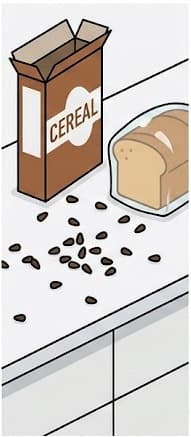
Droppings near food sources or in hidden areas
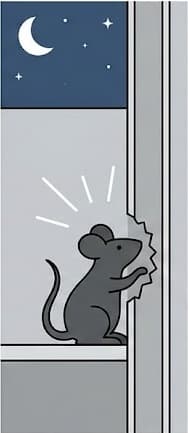
Scratching sounds in walls or ceilings at night

Gnaw marks on food packaging, wires, or wood

Nesting materials like shredded paper or fabric
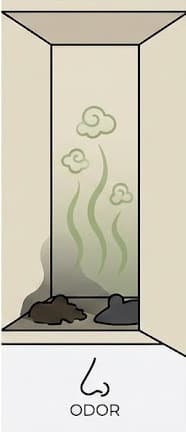
Musky odor in enclosed spaces or cupboards
Keep Your Home Safe and Pest-Free
Don't let rats or mice damage your property or risk your family's health. Contact T47 Pest Control today for professional rodent pest control Melbourne. We'll inspect, remove, and protect your home using proven methods that deliver long-term results.
Call T47 Pest Control Melbourne at +61 434 300 216 to book your same-day rodent inspection and treatment today!
Our 5-Step Rodent Control Process
Our integrated rodent management approach combines inspection, exclusion, elimination, and prevention strategies to provide complete protection against both rats and mice.
Step-by-Step Elimination

Comprehensive Inspection
Our rodent pest control process begins with a thorough inspection of your property to ensure precise and effective results. Our technicians, experts in rodent pest control Melbourne, identify whether you're dealing with rats or mice, locate entry points, nesting areas, and travel routes by examining droppings, gnaw marks, grease marks, and other signs of activity. We also assess the extent of the infestation and identify contributing factors such as food sources, water access, and harborage areas. This detailed assessment enables us to create a customized rodent treatment Melbourne plan that targets the specific rodent species and addresses the unique characteristics of your property for long-lasting protection.
Exclusion & Sealing
A critical component of effective rodent pest control is preventing rodents from entering your home or business premises. As part of our comprehensive rodent pest control Melbourne service, we carefully identify and seal all potential entry points, including gaps around pipes, vents, utility lines, foundation cracks, and roof junctions. For rats, we seal openings larger than ½ inch, while for mice, we address even smaller gaps (¼ inch or larger). We use durable materials such as steel wool, metal flashing, hardware cloth, concrete, and specialized sealants that rodents cannot gnaw through. This exclusion process not only prevents new infestations but also helps contain existing rodents, making the rodent treatment Melbourne process more effective and long-lasting.
Strategic Trapping & Baiting
Based on our inspection findings, we implement a customized trapping and/or baiting program as part of our comprehensive rodent pest control process. For trapping, we strategically place suitable traps—such as snap traps, live traps, or multiple-catch traps—along identified rodent runways and near entry points. For baiting, our rodent pest control Melbourne experts use tamper-resistant bait stations positioned in secure areas that are inaccessible to children and pets. The bait selection is tailored to the specific rodent species: rats typically prefer protein-based baits, while mice are more attracted to seeds and grains. Throughout the rodent treatment Melbourne process, we carefully monitor and adjust trap and bait station placements to maximize effectiveness while ensuring complete safety and compliance with local regulations.
Sanitation & Habitat Modification
Eliminating factors that attract rodents is essential for achieving long-term rodent pest control success. As part of our rodent pest control Melbourne services, we thoroughly clean and sanitize areas contaminated by rodent droppings, urine, and nesting materials using specialized equipment and EPA-approved disinfectants. Our experts also provide practical recommendations to reduce food sources by improving storage practices, managing garbage effectively, and addressing outdoor attractants such as fallen fruits or bird feeders. In addition, we suggest habitat modifications like trimming vegetation away from buildings, removing debris piles, and maintaining compost areas properly. These environmental improvements play a crucial role in an effective rodent treatment Melbourne plan, making your property significantly less appealing to rodents and preventing future infestations.
Monitoring & Prevention
Our rodent pest control service doesn't end with the initial treatment—it continues until your property is completely rodent-free. We implement an advanced monitoring system using non-toxic monitoring blocks or stations to detect any new rodent activity early. As part of our rodent pest control Melbourne program, we schedule regular follow-up inspections to ensure complete elimination and address any remaining issues. For lasting protection, we also offer maintenance programs that include routine inspections and preventative treatments. Additionally, our experts educate property owners on rodent behavior, prevention techniques, and maintenance strategies. This proactive and comprehensive rodent treatment Melbourne approach ensures long-term protection against both rats and mice, giving you peace of mind and a healthier, safer living environment.
Ready to eliminate your rodent problem?
Our rodent control specialists are ready to protect your home from mice, rats, and the damage they cause.
Schedule Your InspectionRats vs. Mice Identification Guide
Understanding the differences between rats and mice is crucial for effective control. Learn how to identify which rodent species you're dealing with through our comprehensive comparison guide.
Visual Identification

Rat Identification
Norway rat (left) and Roof rat (right)

Mouse Identification
House mouse with distinctive features
Not sure what type of rodent you're dealing with?
Our rodent control specialists can identify the specific species and develop a targeted treatment plan for your unique situation.
Schedule a Professional InspectionRodent Control FAQs (Melbourne-focused)
Find expert answers to common questions about rodent identification, health risks, control methods, prevention strategies, and protecting your home.
What are the signs of a rodent infestation in Melbourne?
Common signs of rodent infestations include droppings, gnaw marks, nests, and strange noises in walls or ceilings. T47 Pest Control provides expert rodent pest control in Melbourne to identify and eliminate these pests.
How can T47 Pest Control help with rodent control in Melbourne?
T47 Pest Control offers comprehensive rodent pest control in Melbourne using traps, baits, and safe chemical treatments. We manage rodent issues in residential and commercial properties effectively.
Is rodent treatment safe for my pets and children in Melbourne?
Yes, T47 Pest Control uses safe and humane rodent treatment methods in Melbourne. Our solutions are designed to protect your family and pets while effectively removing rodents.
How often should I schedule rodent pest control services in Melbourne?
For best results, rodent treatment in Melbourne is recommended every 3 to 6 months, especially in high-risk areas. T47 Pest Control can customize a treatment plan based on your property needs.
What causes rodent infestations in Melbourne homes?
Rodents are attracted to food, warmth, and shelter. Poor sanitation, open food containers, and gaps in structures can lead to infestations. T47 Pest Control provides prevention strategies to keep rodents out of your home.
How do I know if I need rodent treatment in Melbourne?
If you notice droppings, chewed wires, or gnaw marks, it is time for rodent treatment. T47 Pest Control can inspect your Melbourne property and recommend the best solution.
Can I prevent rodents from entering my home in Melbourne?
Yes, rodent prevention includes sealing entry points, storing food properly, and maintaining cleanliness. T47 Pest Control also provides regular preventive rodent pest control services in Melbourne.
What makes T47 Pest Control the best choice for rodent pest control in Melbourne?
T47 Pest Control is known for expertise, safe treatments, and eco-friendly rodent control solutions in Melbourne. Our trained technicians ensure fast, long-lasting rodent removal for homes and businesses.
Have more questions about rodent control?
Our rodent control specialists are ready to answer your questions and provide expert guidance for your specific situation.
Schedule a Consultation